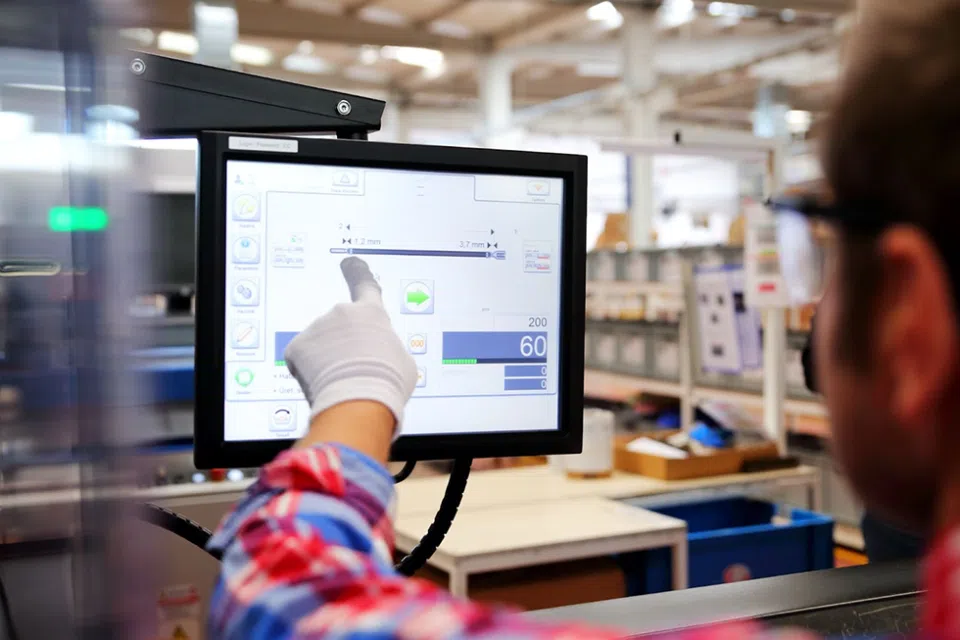
Best Practices in Building an Effective Asset Performance Management (APM) Strategy
In today’s competitive business landscape, maximizing asset performance has become crucial for achieving operational excellence. In order to optimally manage assets and achieve peak performance, businesses must take a full-fledged approach to their asset management strategies and technologies. One of the key ways businesses maximize asset performance is through an effective Asset Performance Management (APM) strategy.
This article will discuss the best practices for building an effective APM strategy.
- Identify Your Critical Assets
The first step in developing an effective APM strategy is to identify the critical assets that require attention. Conducting a risk analysis will help your organization determine assets that are most vulnerable to failure or that have a significant impact on production. Once identified, these assets should be a high priority in the development of an APM program.
- Set Goals and Metrics
After identifying critical assets, it is vital to set specific goals and performance metrics for each asset. This includes identifying key performance indicators (KPIs) such as asset uptime, mean time between failure, and asset utilization. Clear goals and KPIs will ensure that the maintenance program focuses on improving the performance of each asset, ultimately leading to an increase in overall plant performance.
- Develop a Maintenance Plan
A maintenance plan is essential for ensuring that assets are operating at their full potential. This plan should include regular inspections, preventive maintenance tasks, and corrective maintenance tasks. The maintenance plan should be based on the manufacturer’s recommendations, as well as your company’s specific needs and objectives.
- Invest in Predictive Analytics
Predictive analytics is a crucial component of a successful Asset Performance Management (APM) program. Advanced analytics tools can provide real-time data and insights into asset performance, including identifying potential issues before they occur. This helps maintenance teams to schedule maintenance activities, anticipate issues, and reduce the risk of equipment downtime.
- Train Your Employees
To fully realize the benefits of an APM program, employees must be trained on the strategies and technologies used. This includes training on equipment monitoring systems, predictive analytics software, and maintenance procedures. An effective training program will ensure that the team is equipped with the knowledge and resources necessary to maintain assets optimally.
- Implement Continuous Improvement
An APM program is a long-term investment, and there is always room for improvement. Regularly evaluating the effectiveness of the maintenance plan, tracking KPIs, and implementing continuous improvement strategies can help optimize asset performance.
- Importance of Collaboration and Communication
In addition to these best practices, collaboration and communication are significant components of a successful Asset Performance Management (APM) program. Effective communication between the maintenance team and other departments is essential to ensure that everyone is working towards a common goal.
Here are some benefits of collaboration and communication for APM:
- Improved decision-making: Sharing knowledge and information with key stakeholders ensures that the data is well-understood, leading to better decisions.
- Increased employee engagement: Create opportunities for employees to contribute their ideas, encouraging engagement and buy-in for APM initiatives.
- Ensuring alignment: Alignment between departments and stakeholders delivers operational efficiency by eliminating silos.
- Facilitating implementation: Collaboration facilitates the adoption of APM best practices, and communication ensures everyone understands the goals and objectives, leading to successful implementation.
End Note:
In conclusion, building an effective Asset Performance Management (APM) strategy is crucial for any business that seeks to achieve operational excellence. The best practices we discussed here, from defining KPIs to using advanced analytics, can go a long way in helping you achieve this goal. For any other assistance with regard to Asset Performance Management, please don’t hesitate to connect with Utthunga.
We understand the importance of effective APM and the challenges that come with it. That’s why we offer cutting-edge APM solutions and services tailored to your unique business needs. Our team of experts is always ready to help you develop an APM strategy that will yield results and keep you ahead of the competition.
So, if you’re looking to optimize your asset performance and achieve operational efficiency, contact us today. Let us help you make the most out of your assets and take your business to the next level!



